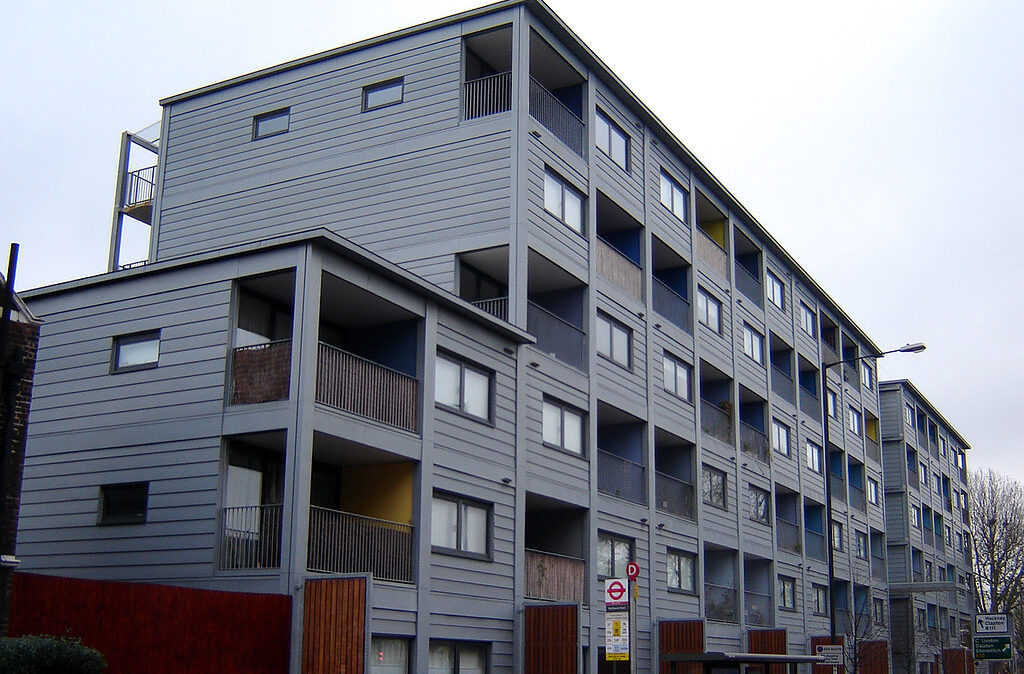Whatever the housing sector looks like over the next 10 years, it is a certainty that the private rented sector will remain a major part of its makeup. Currently the second largest form of tenure after ownership, it is likely to remain so for much, if not all, of the next decade.
It has also become the default form of tenure for those for whom it is, in many ways, manifestly unsuitable – there are increasing numbers of retirement age private tenants, increasing numbers of families, and, in the absence of sufficient social housing, large numbers of low income and otherwise homeless people. This is not a problem that is going to go away quickly.
For all these reasons, a long term plan for the private rented sector is vital, even if most answers are ‘well you don’t want to start from here’.
The Renters’ Rights Bill (in the House of Lords at the time of writing) is a very significant step forward. I think we have forgotten how unthinkable some of the measures in the Bill would have been 10 years ago. It is the biggest change to the PRS in 37 years. My view is that it will have both immediate and longer term effects in shaping the PRS.
It hugely reduces the central problem with the PRS – the inbuilt, deliberate instability of tenure for tenants – and with that, gives tenants more confidence to pursue their rights in terms of housing conditions, unlawful charges, over-market rent increases etc. that had been deterred by the (often justified) fear that complaints would result in a section 21 notice and eviction.
It goes some way towards encouraging an actual market in PRS tenancies by enabling tenants to serve notice and leave an unsatisfactory, or overly expensive, property with two months notice, not locked into a year or longer fixed term that could not be terminated earlier.
The ‘landlord database’ – a de facto national landlord register for England – could be a powerful tool for addressing the criminal end of the sector, addressing undeclaration of income tax, but also, and perhaps more importantly, encouraging or requiring the professionalisation of the sector. (Most PRS landlords have only one or two properties. The extent of ignorance over the law and their obligations is breathtaking.) What information is recorded on the database, and what information will be available to current or prospective tenants will be key.
The prospect of a new Decent Homes Standard applying across both social housing and the PRS could be a very effective move. We know that housing standards are generally lower in the PRS than the social housing sector, though there are far too many poor quality and hazardous homes in both. But what the standard will be and how enforced will be key.
There are some ‘could be’s here for two reasons. First, the devil will be in the detail of forthcoming regulations, and second because the effectiveness of the regulations will largely be reliant on enforcement by Local Housing Authorities.
If it all goes right, the direction of travel for the PRS should be better standards of accommodation, a focus on longer term tenancies and steady rental income. Not short term rent-inflating tenancies and a model based on ‘passive income’ paying the mortgage on properties where the landlord’s real gain is quickly realisable increased equity in the property.
If it all goes right, the sector will become increasingly professional, and the criminal actors be identified and suffer penalties that make the risk not worth the reward.
But that will need enforcement. The track record of LHAs on housing-related enforcement over the last decade is, to put it mildly, patchy. About half of LHAs do none at all. This has to change – enforcement staff must be recruited and trained, active policies on enforcement set out. This may require, at the least, seed funding for LHAs and for training programmes.
As the Renters’ Rights Bill proceeds, there have been inevitable and loud calls for rent controls in the PRS. To which the current answer is ‘well, you don’t want to start from here’. There is no tried model of rent control that doesn’t either raise rents overall, or result in the sector shrinking at speed. At this point, we simply can’t afford for either to happen. The homelessness crisis is already severe, and LHAs are finding it increasingly impossible to find affordable PRS accommodation by which they can discharge their duty to the homeless. A shrinking PRS hits both ends of that equation. Maybe in 10 years and with a lot more social housing, things might be different, but right now it is a potential disaster.
That said, local housing allowance rates cannot remain frozen. The rate currently does not restrict rents, it reduces supply.
The Renters’ Rights Bill sets the stage for the future direction of the PRS, and it really needs to be considered in terms of its potential longer term impact on the culture and practices of the PRS, not just the immediate changes to tenure. But there is a lot of detail to get right in the subsequent regulations, and then a lot of LHA enforcement to do, to really bring that home over the next decade.









